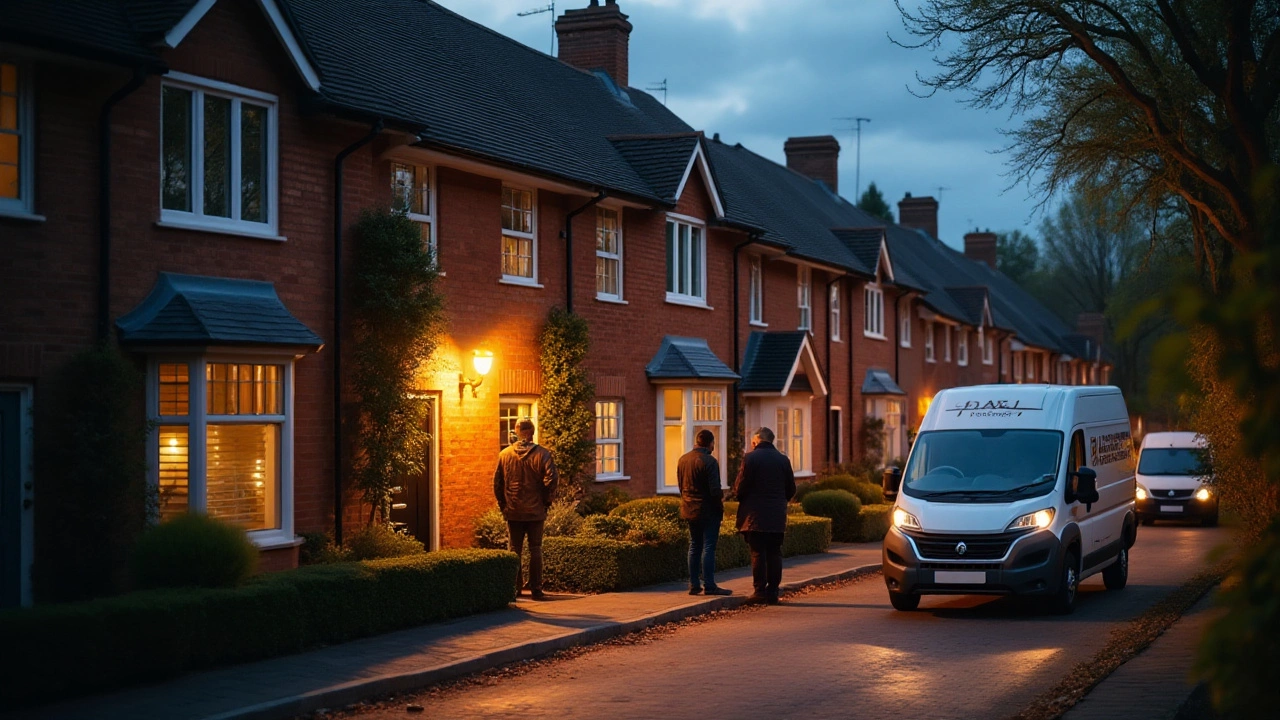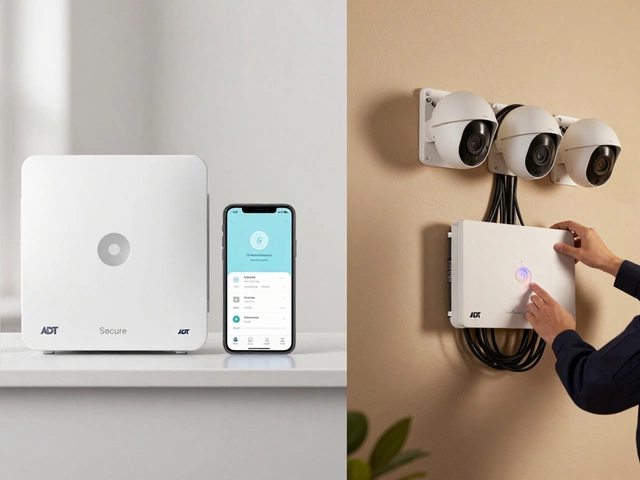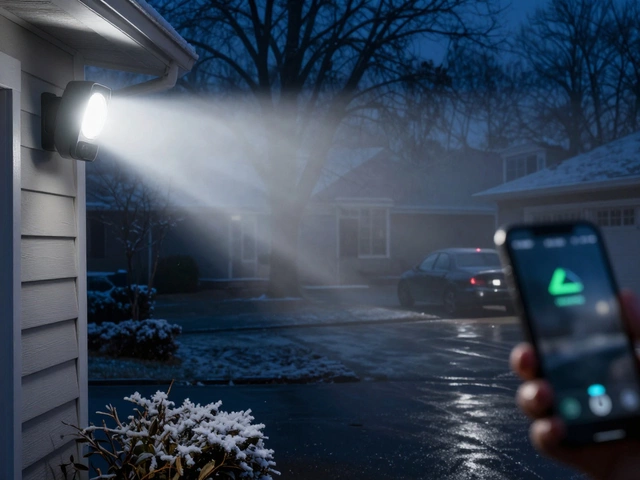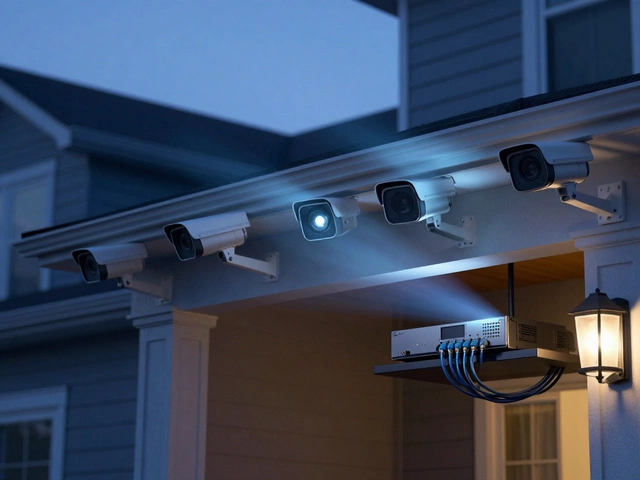Home Security Guides and Smart Device Tips for UK Households
Keeping your house safe doesn’t have to be a headache. Whether you live in a terraced home in Birmingham or a suburban bungalow, the right tech and habits can make a big difference. Below you’ll find straight‑forward advice on everything from doorbell cameras to baby monitors, plus quick checks you can do today.
Smart Doorbells: Wiring, Wi‑Fi and What Burglar‑Proof‑ness Really Means
First question most owners ask: Do smart doorbells need wiring? The short answer is yes for most video models, but battery‑powered options exist. A wired doorbell draws power from your existing transformer (usually 16‑24 V AC), giving a reliable feed for continuous recording. Battery units save you a drill but need regular charging and may lose power during long outages.
If you’re in the UK, check that your transformer can handle the extra load – a 10 VA (volt‑amp) unit is the common minimum. When Wi‑Fi drops, a wired system still works, while battery units rely entirely on a stable internet connection to push alerts. For most homes, a hybrid approach – wired power with a backup battery – offers the best of both worlds.
Choosing the Right Home Security Camera
Not all cameras are created equal. Indoor models should have night‑vision and a wide field of view, while outdoor units need weather‑proof housing and a stronger infrared range. In 2025, dual‑tech motion sensors (PIR + microwave) are becoming the norm because they cut false alarms caused by pets.
When picking a system, ask yourself: Do I need cloud storage or is local SD‑card enough? Cloud gives you access from anywhere but adds a subscription fee. Local storage avoids monthly costs but you lose backup if the camera is stolen. For most UK families, a modest cloud plan combined with an on‑device backup strikes a good balance.
Also, watch out for Wi‑Fi security cameras that broadcast openly. Use a separate guest network for all smart devices, enable WPA3 encryption, and change default passwords immediately. These steps protect you from the common hacking risks highlighted in recent privacy reports.
Baby Monitors: Range, Safety and Phone Integration
Parents love being able to check on their little one from the sofa or the office. The best baby monitors now offer encrypted video streams that you can view on your phone. Look for a model that supports both audio and video, has a range of at least 300 ft (ideal for larger homes), and offers a 2.4 GHz and 5 GHz dual‑band connection.
Battery life matters too – a monitor that lasts a full night without recharging will save you endless trips to the charger. Some newer units also include temperature sensors and lullaby playback, turning the monitor into a tiny bedroom assistant.
Putting It All Together: A Quick Home Security Checklist
1. Check your doorbell power source. If you have a transformer under 10 VA, upgrade before adding a video doorbell.
2. Secure your Wi‑Fi. Create a dedicated network for smart devices, enable WPA3, and change all default logins.
3. Choose cameras wisely. Match indoor/outdoor specs to each area, and decide on cloud vs local storage based on your budget.
4. Test baby monitor range. Walk around your house with the monitor turned on; watch for drop‑outs and adjust placement if needed.
5. Review your alarm system. Modern alarms can run without a phone line; verify if your existing panel supports cellular or internet‑based monitoring.
At Birmingham Security Command Center we can help you audit your current setup, recommend upgrades, and install everything with minimal disruption. Our 24/7 monitoring service pairs perfectly with the smart devices listed above, giving you a single point of contact for any emergency.
Ready to make your home safer? Grab a pen, run through the checklist, and let us know which part needs a professional touch. Security is a habit, not a one‑time purchase – and with the right tools it’s easier than ever to protect what matters most.






